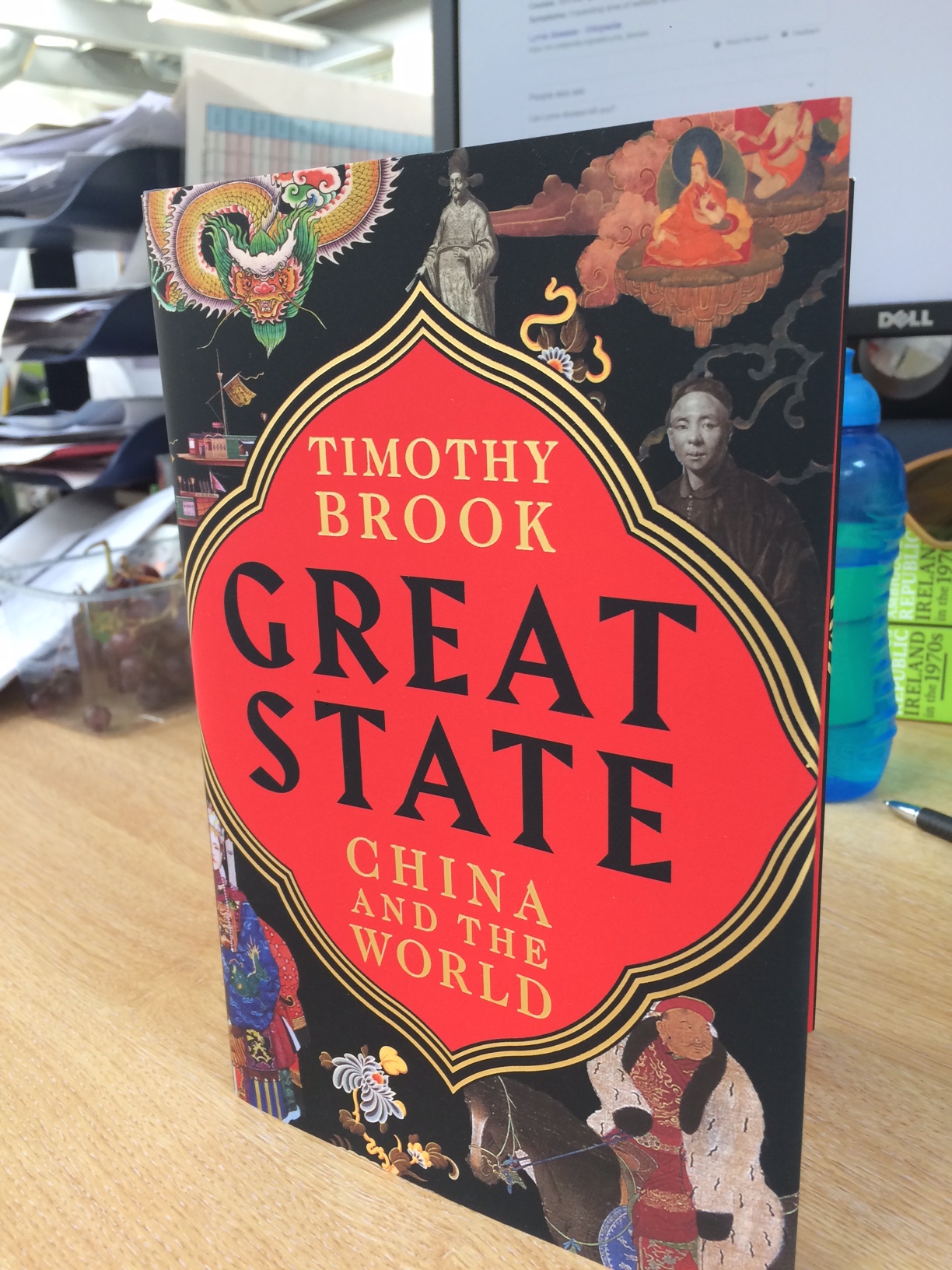Great State: China and the World
This broad-ranging book reorients our understanding of China by seeing China through its historical relationships with the world. Written for general readers, the book retells Chinese history of the last eight centuries by focusing on people who found themselves having to negotiate between China and the world, from Khubilai Khan and his Venetian servitor Marco Polo down to coastal pirates attacking Korean envoys to the Chinese court.
The book conveys two core ideas. The first is that China has been shaped far more profoundly by the world that is usually recognized, especially by Chinese. China ss the ever-changing outcome of its interactions with the world. Stay within the Great Wall and China’s history is incomplete, even incoherent. Move outside, and the reality of China comes into view.
The second idea is that the best way to grasp China’s entanglement with the world is through the concept of is the Great State, a Mongol political formation that has dominated Inner and East Asia since the time of Chinggis Khan. The Great State changed the international order in Asia, transformed China, and in many ways is still with us.
Structured as a series of loosely linked meetings across cultural boundaries, the book highlights recurring issues that have shaped China’s engagement with the world and the Chinese state’s relationship with its own people. Each chapter stands alone, but together they tell a tale of mutual shaping and resistance within an interactive dynamic that is far from over. Although the final episode is set in 1946 at a treason trial for a Chinese politician who collaborated with Japan, an extended epilogue considers some of the legacies of the Great State tradition in the present.
The book conveys two core ideas. The first is that China has been shaped far more profoundly by the world that is usually recognized, especially by Chinese. China ss the ever-changing outcome of its interactions with the world. Stay within the Great Wall and China’s history is incomplete, even incoherent. Move outside, and the reality of China comes into view.
The second idea is that the best way to grasp China’s entanglement with the world is through the concept of is the Great State, a Mongol political formation that has dominated Inner and East Asia since the time of Chinggis Khan. The Great State changed the international order in Asia, transformed China, and in many ways is still with us.
Structured as a series of loosely linked meetings across cultural boundaries, the book highlights recurring issues that have shaped China’s engagement with the world and the Chinese state’s relationship with its own people. Each chapter stands alone, but together they tell a tale of mutual shaping and resistance within an interactive dynamic that is far from over. Although the final episode is set in 1946 at a treason trial for a Chinese politician who collaborated with Japan, an extended epilogue considers some of the legacies of the Great State tradition in the present.

Publisher
Profile (UK) / HarperCollins (US)
ISBN
9781781258286
Published
2019
Specialisation
Humanities
Theme
International Relations and Politics
Region
Global Asia (Asia and other parts of the World)
Inter-Asia
Maritime Asia
East Asia
China